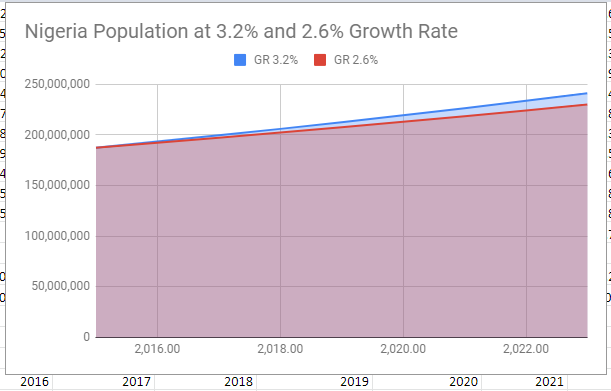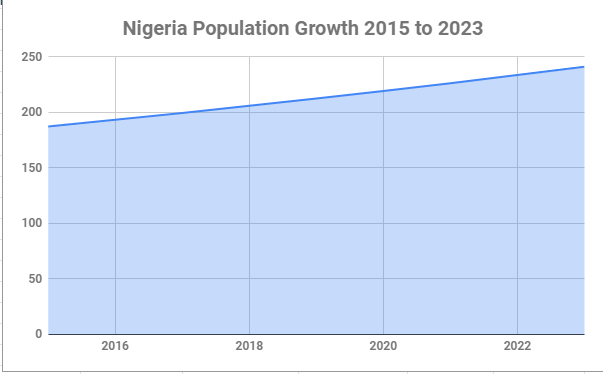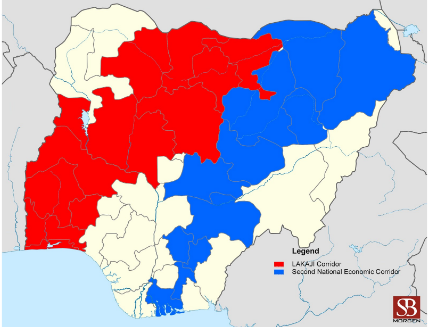
Economic -
The historically high infant mortality rate.
Religion
The cultural preference for the male child -
High fertility rate -
Helping more women take up a higher role and status in society.
Stop discriminating against girls in education.
What if we can't control our population growth rate?










